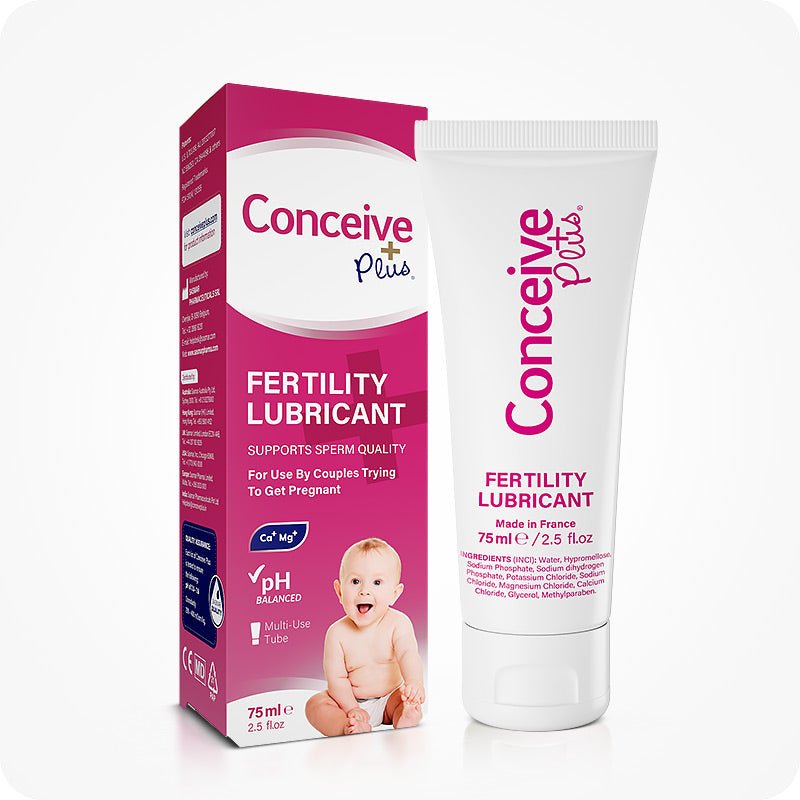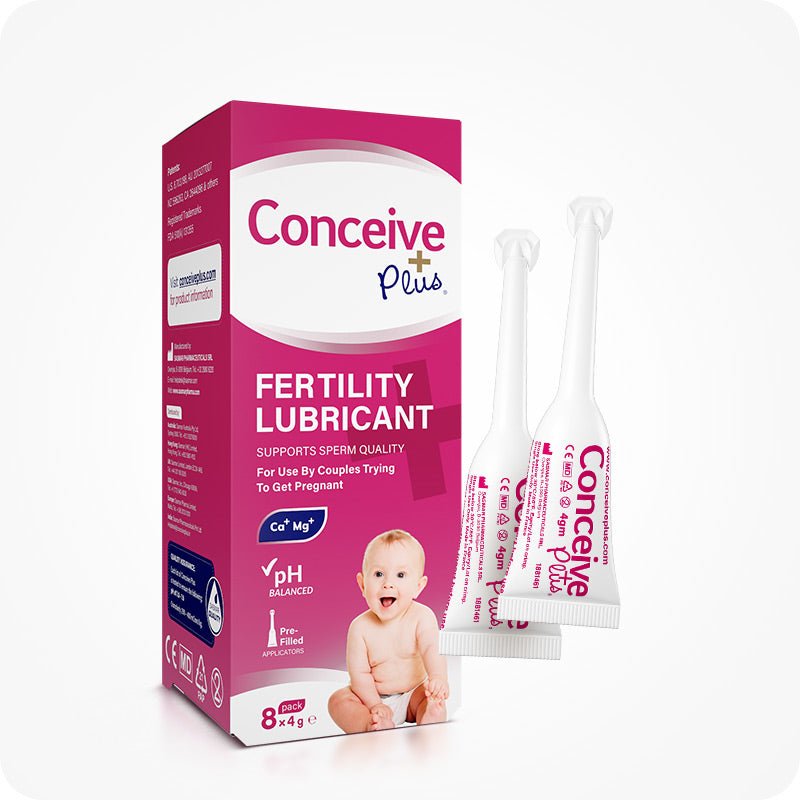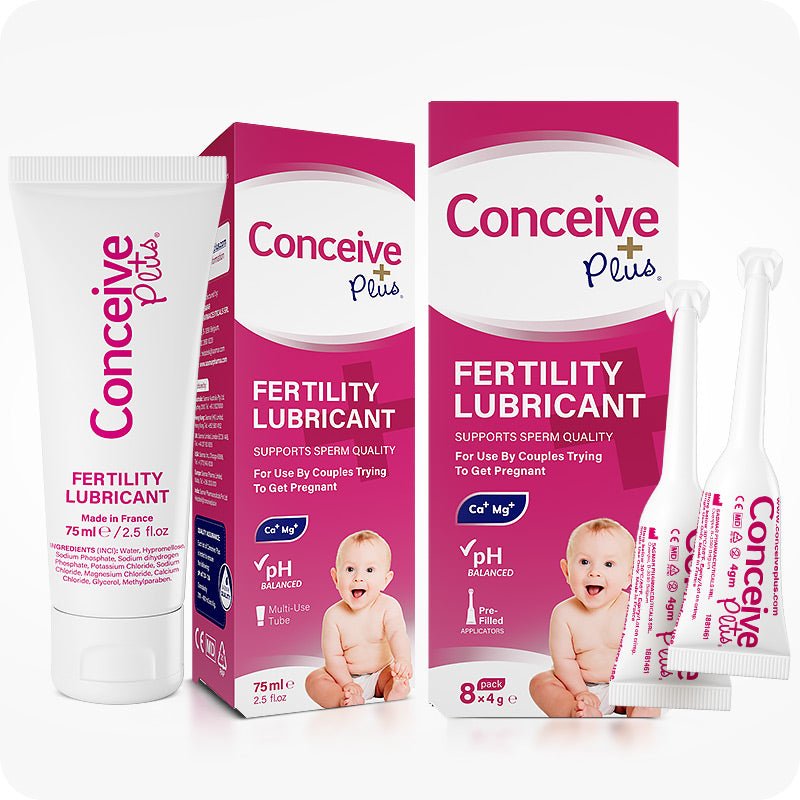When Are Men Most Fertile Exploring Male Fertility Age and Key Facts

When are men most fertile? That's a question many couples ask when trying to figure out how best to start a family. Sometimes the answer feels simple; sometimes, it's confusing. Men can produce sperm their whole life, but things change as they get older. It's not like flipping a switch. Some days, the body seems to work perfectly, while on other days, nothing goes as planned. In this article, we'll explore how male fertility shifts over time, what factors can affect it, and clear up some common myths. We'll also chat about the role of nutrition and lifestyle, and even toss in some thoughts on medical testing. The goal is to help you understand, in a human and straightforward way, the ins and outs of male fertility.
Understanding Male Fertility and Age
Male fertility is a bit more complicated than many people think. It ain't just about the body making sperm; it's also about how healthy that sperm is. The idea of fertility might feel straightforward, but it changes as men age. Some parts of the body keep working well, while others slow down gradually. There are moments when the body seems to lag behind even if you feel good. Hormones, everyday stress, and even little choices we make daily play a big part. Many studies suggest that the process starts to change around the mid-thirties, but every man is different [1]. This means that while one guy might have issues earlier, another might not see a drop until much later. It’s a human process, and sometimes it's messy.
The Timeline of Fertility
Let's talk numbers and timelines. The term age of fertility male is used to describe when a man’s sperm is in its best shape. Generally, younger men tend to have higher quality sperm. Then there is male fertility age. This idea shows that as men get older, things like sperm count, motility, and even the shape can change [2]. Sometimes, a male fertility age chart is used to visually represent these changes. And sometimes you'll see a male fertility and age chart that brings all these details together in one neat picture. Charts and graphs help but sometimes they don't tell the whole story. The body is not always predictable. One minute, everything's great; the next, there might be a dip in quality. It makes you wonder how many factors are at play. And honestly, the human body can be surprisingly inconsistent. Keeping track of sperm vitality is crucial, as it can fluctuate and affect overall fertility.
Factors Affecting Sperm Production and Quality
There are many reasons why sperm production and quality might change. First off, the body is constantly working to produce new sperm, but it doesn't always produce them in the same quality. Environmental factors like pollution, stress at work, and even diet can have an impact [3]. Sometimes a bad night's sleep can throw off the whole system. Hormones can shift without much warning. And then there's the fact that aging itself plays a big role. As time passes, the very cells that create sperm might start showing wear and tear. In some cases, minor changes might not matter, but other times they can affect the whole process of conception. It’s not a clear-cut decline; it's more like a gradual shift, with ups and downs that vary from day to day. Understanding sperm cell function and making small lifestyle changes, like eating healthier or cutting back on alcohol, sometimes help—but not always in a predictable way.
Addressing Misconceptions and Myths
Many questions swirl around male fertility that are based on myths rather than facts. A common one is at what age can a man get a woman pregnant? People often think there’s a strict age limit, but it isn’t as cut and dry. Men can technically father a child later in life, though the quality of sperm may not be as robust [4]. Then there are questions like can men ovulate. The honest answer is no; men don't ovulate because they don't have eggs. And yet, some folks still ask do guys ovulate or do men ovulate—it's confusing, right? There's even the question does men ovulate thrown into the mix sometimes. These queries come from mixing up male and female reproductive systems. Women have cycles and ovulation; men have continuous sperm production, albeit with some variation. This mix-up is common and can lead to a lot of unnecessary worry. It shows that sometimes, the information we get is oversimplified or just plain wrong.
Nutrition and Natural Nutrients for Fertility Support
What you eat really matters—even if it doesn't seem like it at times. The nutrients you take in help your body do everything from fighting off stress to keeping cells healthy. Vitamins like folic acid, vitamin D, vitamin C, and vitamin E work to protect cells from damage. They act like little bodyguards for your sperm. Minerals, too, such as zinc and magnesium, play important roles in hormone regulation and energy production at a cellular level [5]. Sometimes, a good diet can be the difference between feeling okay and feeling at your best. There’s also some buzz about ingredients like CoQ10, myo-inositol, and D-chiro inositol. These can help balance hormones and improve the quality of sperm, though the effects might vary from person to person. If you focus on natural nutrients, you might find that your body responds in ways that are hard to predict, but many folks have found improvements in overall reproductive health. It's a process that takes time and sometimes a bit of trial and error.
Lifestyle Changes to Enhance Fertility
Sometimes, it’s not just what you eat but how you live. Simple lifestyle changes can have a surprisingly big effect on fertility. Eating a balanced diet full of fruits, veggies, lean proteins, and whole grains gives you a solid base of essential nutrients. Exercise helps, too—even if it’s just a daily walk or an occasional jog. You don’t have to run marathons to see improvements. Sleep, however, is critical. A bad night’s sleep can make everything feel off, and that includes fertility. Reducing stress is equally important. Sometimes the stress builds up, and then even the smallest problem can seem huge. Reducing harmful habits, like smoking or drinking too much, also makes a difference [6]. The body just doesn’t work as well when it’s not taken care of. Changing your lifestyle may seem overwhelming at first, but even small steps can add up over time. Remember, nothing changes overnight. Sometimes, progress feels slow, but even tiny improvements can make a difference when it comes to overall health.
The Impact of Aging on Reproductive Health
As men get older, the impact of aging becomes more noticeable—not just in energy levels but also in reproductive health. It’s not like a switch flips and everything goes downhill. Instead, there are gradual changes. The movement of sperm (motility) might slow, and the count may start to dip. In some cases, the shape of the sperm, or morphology, changes too. DNA damage can accumulate over time, even if the overall number of sperm doesn’t drop dramatically. Medical tests sometimes reveal these changes, and while they can be concerning, they are also a natural part of aging. It’s important to note that these changes are not a sign of immediate failure but rather a slow and steady decline that happens to everyone. Regular medical testing—like semen analysis, hormone tests, and ultrasounds—can help keep track of these changes [7]. Sometimes, it’s all about catching small issues early before they become big problems. The human body is messy, and aging is no exception. Even though you might feel perfectly fine, subtle shifts in reproductive health can occur without you noticing right away.
The Bottom Line
Understanding when are men most fertile isn't as black and white as many might think. The journey through male fertility age reveals that sperm production continues all through life, but the quality of that sperm changes over time [8].
Sometimes, it feels like the body just doesn't follow a neat plan. It changes in spurts—fast at times, and then very slowly at others. With some adjustments in nutrition, lifestyle, and timely medical testing, many men find ways to support their fertility. Even if the changes are gradual, small improvements can really help in the long run. Remember, it's a journey, and everyone's path is different. Even if you feel unsure sometimes, don't be too hard on yourself. Every little step counts in making healthier choices.
FAQs
What is the best age for men to conceive?
Studies suggest that men are most fertile in their late 20s to early 30s. Things can change fast though, and every man is different.
How does aging affect sperm quality?
Aging can lead to slower sperm motility, lower concentration, and even more DNA errors. Sometimes it's a gradual decline, other times it feels abrupt.
Is it true that men do not ovulate?
Yes, absolutely. Men do not ovulate because they produce sperm continuously. Questions like can men ovulate, do guys ovulate, do men ovulate, and does men ovulate are based on misunderstandings.
What lifestyle changes can improve male fertility?
A nutrient-rich diet, regular exercise, better sleep, and stress management can all help. Avoiding smoking and limiting alcohol are key too.
When should a couple seek medical testing for fertility issues?
If conception hasn't occurred after a year of trying, it might be time to get checked out. Early testing, like semen analysis and hormone tests, can help pinpoint issues before they worsen.
Citations
- Jimbo, M., Kunisaki, J., Ghaed, M., Yu, V., Flores, H. A., & Hotaling, J. M. (2022). Fertility in the aging male: a systematic review. Fertility and sterility. Available at: https://pmc.ncbi.nlm.nih.gov/articles/PMC10914128/
- Sartorius, G. A., & Nieschlag, E. (2010). Paternal age and reproduction. Human reproduction update. Available at: https://pubmed.ncbi.nlm.nih.gov/19696093/
- Sengupta, P., Dutta, S., & Krajewska-Kulak, E. (2017). The Disappearing Sperms: Analysis of Reports Published Between 1980 and 2015. American journal of men's health. Available at: https://pubmed.ncbi.nlm.nih.gov/27099345/
- Kidd, S. A., Eskenazi, B., & Wyrobek, A. J. (2001). Effects of male age on semen quality and fertility: a review of the literature. Fertility and sterility. Available at: https://pubmed.ncbi.nlm.nih.gov/11172821/
- Ebisch, I. M., Thomas, C. M., Peters, W. H., Braat, D. D., & Steegers-Theunissen, R. P. (2007). The importance of folate, zinc and antioxidants in the pathogenesis and prevention of subfertility. Human reproduction update. Available at: https://pubmed.ncbi.nlm.nih.gov/17099205/
- Gollenberg, A. L., Liu, F., Brazil, C., Drobnis, E. Z., Guzick, D., Overstreet, J. W., Redmon, J. B., Sparks, A., Wang, C., & Swan, S. H. (2010). Semen quality in fertile men in relation to psychosocial stress. Fertility and sterility. Available at: https://pubmed.ncbi.nlm.nih.gov/19243749/
- Chung, E., Atmoko, W., Saleh, R., Shah, R., & Agarwal, A. (2023). Sixth edition of the World Health Organization laboratory manual of semen analysis: Updates and essential take away for busy clinicians. Arab journal of urology. Available at: https://pmc.ncbi.nlm.nih.gov/articles/PMC10929669/
- Levitas, E., Lunenfeld, E., Weiss, N., Friger, M., Har-Vardi, I., Koifman, A., & Potashnik, G. (2005). Relationship between the duration of sexual abstinence and semen quality: analysis of 9,489 semen samples. Fertility and sterility. Available at: https://pubmed.ncbi.nlm.nih.gov/15950636/













